PROGRAM 1
Circum Antarctic and East Antarctic
Because of sheer size, Antarctica and the Southern Ocean play a disproportionately important role in modulating global sea level and Earth’s carbon cycle.
Incorporating outputs from the other programs, Program 1 will improve predictions of how sea level and the carbon cycle will be affected in the future by changes in Antarctica and the Southern Ocean.
Program 1 will focus on large-scale and small-scale processes that affect ocean and atmosphere circulation, which modulate heat and moisture transport to the Antarctic margin and East Antarctic ice sheet. It will also examine drivers of Southern Ocean productivity and biogeochemical (BGC) cycles.
This research will require the integration of historical and new observations so that ACEAS can help determine:
- the detection and attribution of change
- obtaining new information on past changes to inform on how and why ocean circulation and ice melt rates can change
- observations to understand the interaction between ocean, atmosphere, ice, solid earth and ecosystems
- and computer model experiments to understand past changes and provide future projections.
The program will connect models, analytical frameworks, and generate data-driven knowledge to inform the risks and effectively predict how ice sheets, oceans, and climate respond to conditions and changes in the Antarctic and Southern Ocean.
Data analytics provided in Program 1 will help guide optimal field sampling, enable an analysis of under-observed systems in other programs, and provide insight into the complex coupled system.
How can we better understand shifts in carbon dioxide, heat, and moisture transport in the Antarctic and Southern Ocean to improve projections of future climate and sea level changes?
The biological carbon pump plays a major role in storage and release of carbon dioxide in the deep ocean. ACEAS will quantify the biological carbon pump in the Southern Ocean and assess the drivers of its recent variability (~20 years). We will examine how productivity may change in the coming decades in response to changes in the physical environment. We will do this by:
- Using historical satellite records, autonomous float observations, and other observations to identify changes in phytoplankton ecosystems across various timescales.
- Assessing the role of the physical environment on driving the carbon pump from the mesoscale (such as eddies) to the basin scale and from seasonal to decadal time scales.
- Using this knowledge to inform Southern Ocean-scale models to improve projections of the efficiency of the biological carbon pump.
- Using autonomous floats to understand why the Southern Ocean still poses an issue for satellite ocean colour observations.
Quantify the changes to, and the understanding of, ocean and atmospheric circulation drivers across timescales affecting the flow of heat and moisture to the eastern Antarctic system. We will do this by:
- Understanding changes to atmospheric circulation, including heat and moisture fluxes, across timescales associated with anthropogenic forces and regional and remote variability.
- Determining how circulation changes, climate modes, and other local processes affect ocean circulation at the Antarctic margin.
- Quantifying oceanic heat and other tracer fluxes to the Antarctic margin.
- Understanding how increased melt rates will feed into large-scale circulation.
ACEAS will work to determine how East Antarctica affects sea level across past and future timescales. We will do this by:
- Using geophysical data to examine how the solid Earth may affect ice sheet stability in parts of East Antarctica and improve solid Earth models to provide better future projections of sea level rise.
- Improving knowledge of ocean warming driven ice shelf and ice sheet melt from coastal East Antarctica by including into computer models high resolution processes that occur at the ice sheet margin.
- Improving knowledge of how snowfall varied in space and time in the past, and determine by how much it is offsetting the melt of ice by the ocean.
- Combining improved regional projections for East Antarctic ice mass change into global sea level projections.
- Assessing risks to the effective prediction of changes to ice mass, ocean, and climate, that arise between systems, across boundaries, variability, and instability/threshold changes
ACEAS will improve the detection of variability and trends in the Southern Ocean and Antarctic climate, and their attribution to natural and anthropogenic climate processes. We will do this by:
- Assessing regional characteristics, temporal trends, and variability in satellite altimeter and tide gauge datasets.
- Improving the resolution and accuracy of satellite-derived estimates of surface mass balance over East Antarctica, including improving models of firn compaction and assessment of satellite datasets alongside ice-core derived histories of snow accumulation.
- Improving the measurement of meltwater input from coastal East Antarctica
- Assessing reconstructions, observations and model simulations to detect and attribute change in East Antarctica and the Southern Ocean.

Anya Reading
UTas

Alex Sen Gupta
UNSW

David Antoine
Curtin U
